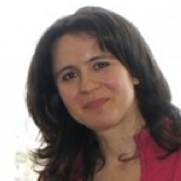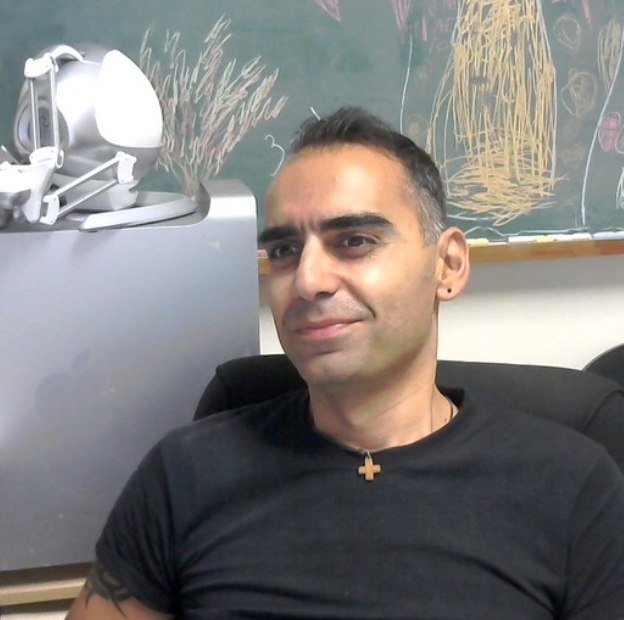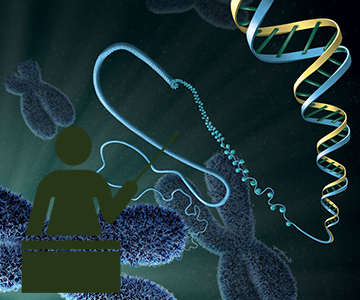This is a basic course that presents the fundamentals of the science of Genetics.
Its aim is to introduce students to the basic principles of Genetics, while also reporting to the theory and techniques of genetic analysis.
Lastly, the course’s aim is the understanding of the methodology of solving Genetics problems.



